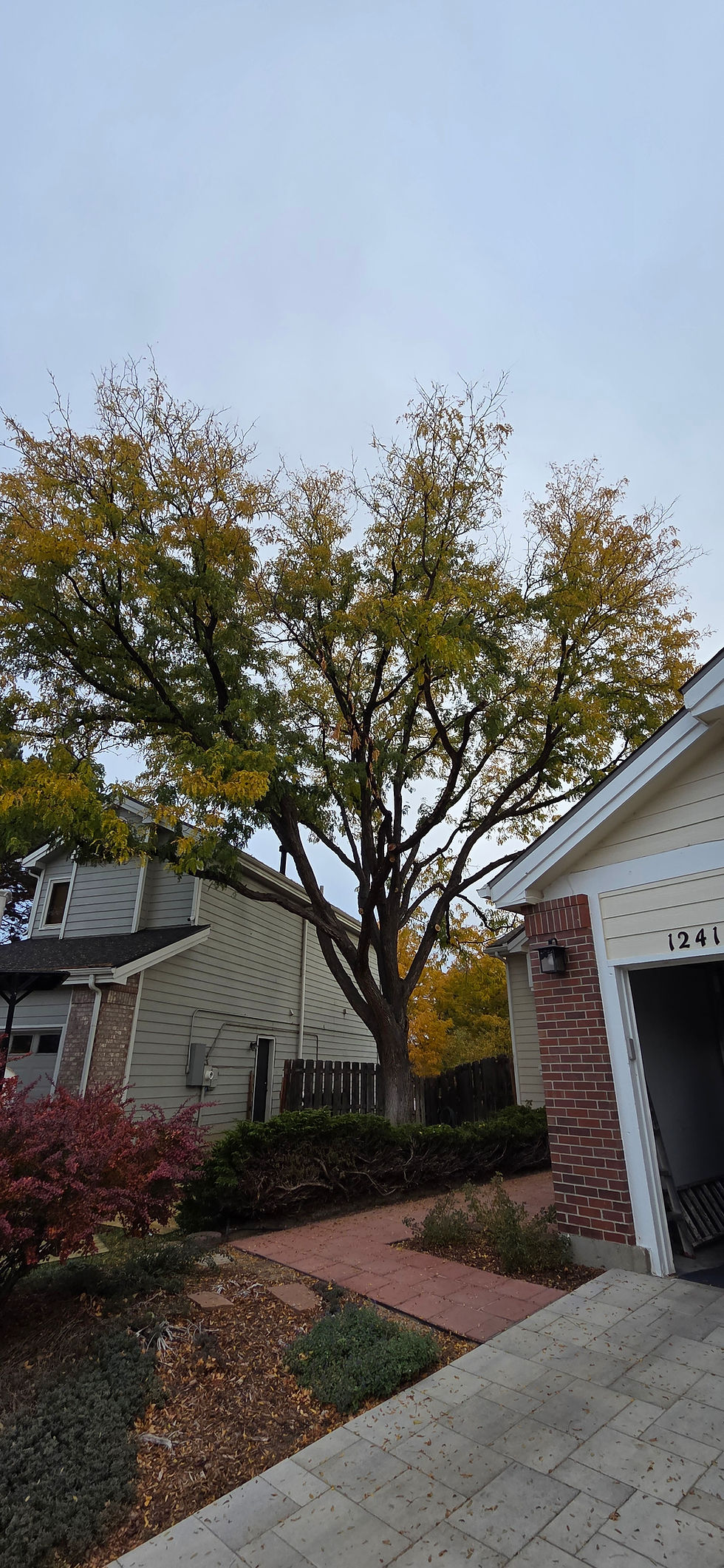5 Common Tree Problems and How to Solve Them
- Riverdale Tree Services

- May 7, 2024
- 2 min read

As a homeowner, maintaining the health and well-being of your trees can be a constant challenge. From pest infestations to structural issues, trees can face a variety of problems that can impact their growth and appearance. In this blog, we'll explore five common tree problems and provide practical solutions to help you address them effectively.
1. Pest Infestations
Trees can be susceptible to a wide range of pests, such as aphids, borers, and scale insects. These pests can feed on the tree's leaves, bark, or roots, causing significant damage and weakening the tree over time. To combat pest infestations, consider using organic pest control methods, such as introducing natural predators or applying horticultural oils or insecticidal soaps.
2. Tree Diseases
Trees can also be affected by various diseases, including fungal infections, bacterial infections, and viral diseases. Symptoms may include discolored or wilting leaves, cankers on the bark, or overall decline in the tree's health. To address tree diseases, it's essential to identify the underlying cause and consult with a certified arborist for the appropriate treatment, which may involve pruning, fungicide applications, or other targeted interventions.
3. Structural Issues
Trees can develop structural problems, such as weak or damaged branches, poor trunk development, or root problems. These issues can compromise the tree's stability and increase the risk of failure during severe weather conditions. To address structural problems, consider regular pruning, bracing or cabling, or even tree removal if the damage is too severe.
4. Environmental Stress
Trees can also suffer from environmental stressors, such as drought, flooding, or soil compaction. These stressors can weaken the tree and make it more susceptible to other problems. To mitigate environmental stress, ensure proper watering, provide adequate mulch around the tree's base, and consider soil amendments or aeration if necessary.
5. Overcrowding
In some cases, trees may be planted too close together, leading to overcrowding and competition for resources. This can result in stunted growth, increased susceptibility to pests and diseases, and even structural issues. To address overcrowding, consider selectively removing trees or transplanting them to a more suitable location.
By understanding these common tree problems and implementing the appropriate solutions, you can help maintain the health and longevity of the trees on your property. Remember to regularly monitor your trees and consult with a certified arborist if you have any concerns or need professional guidance.
303-881-0018





Comments